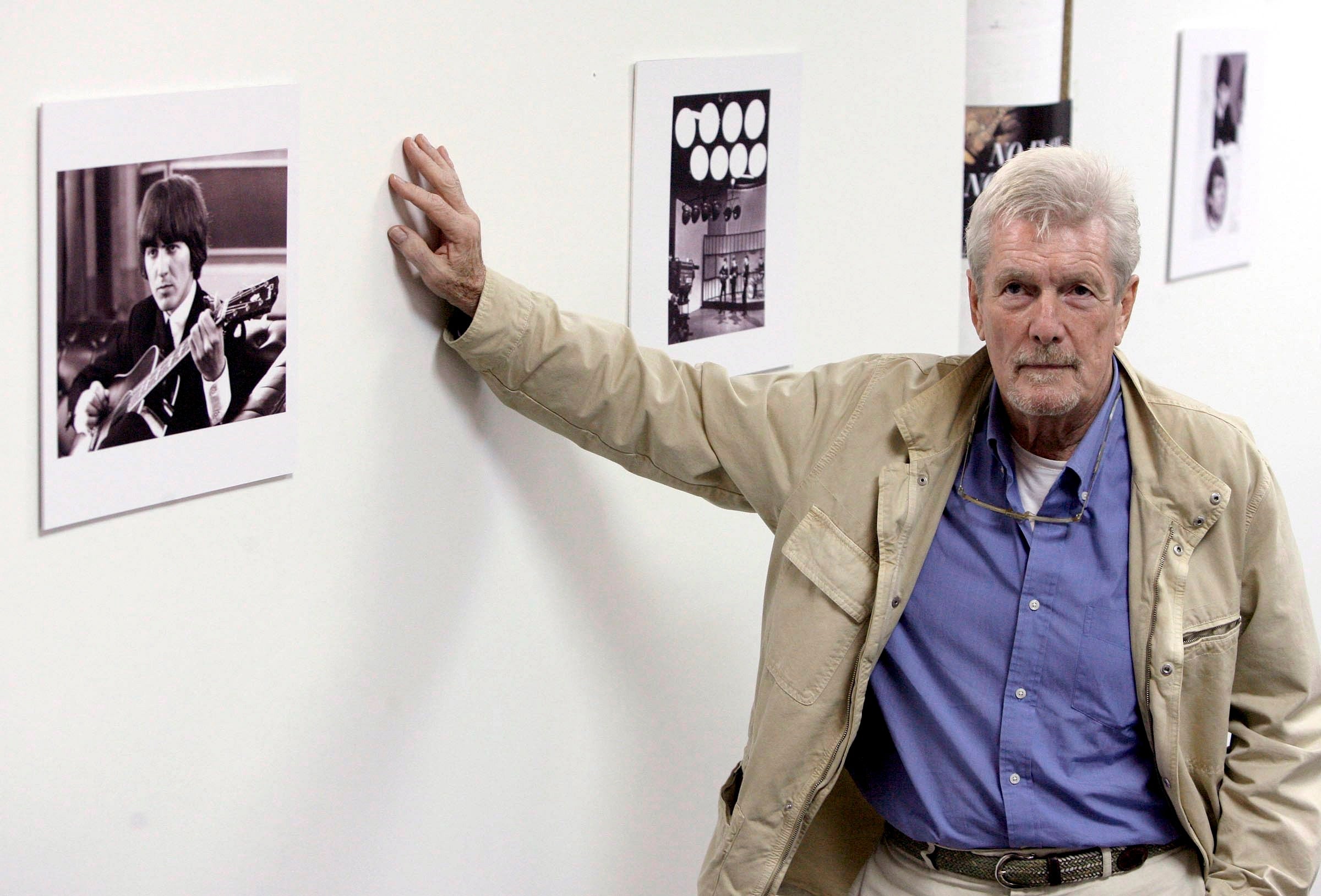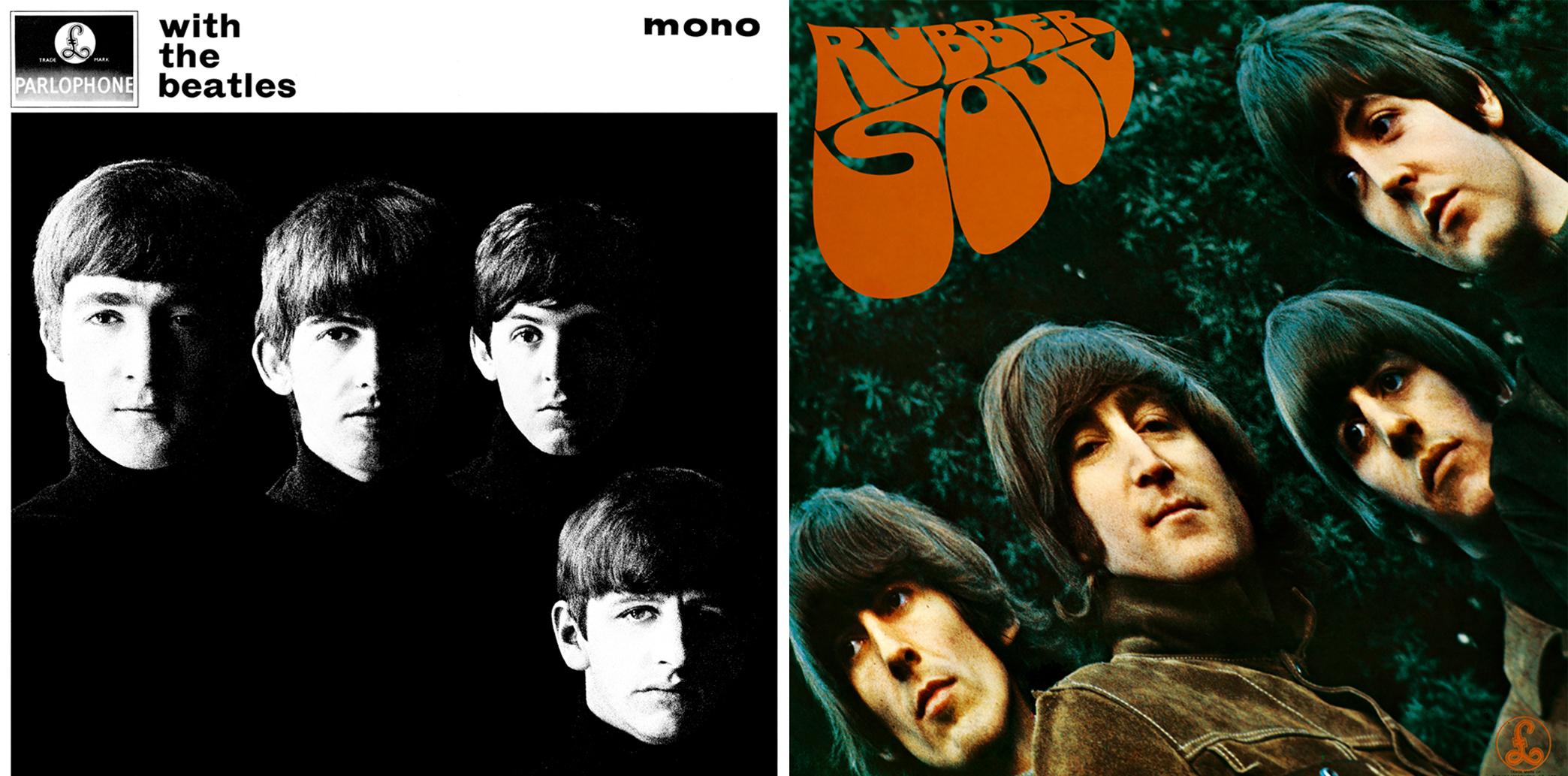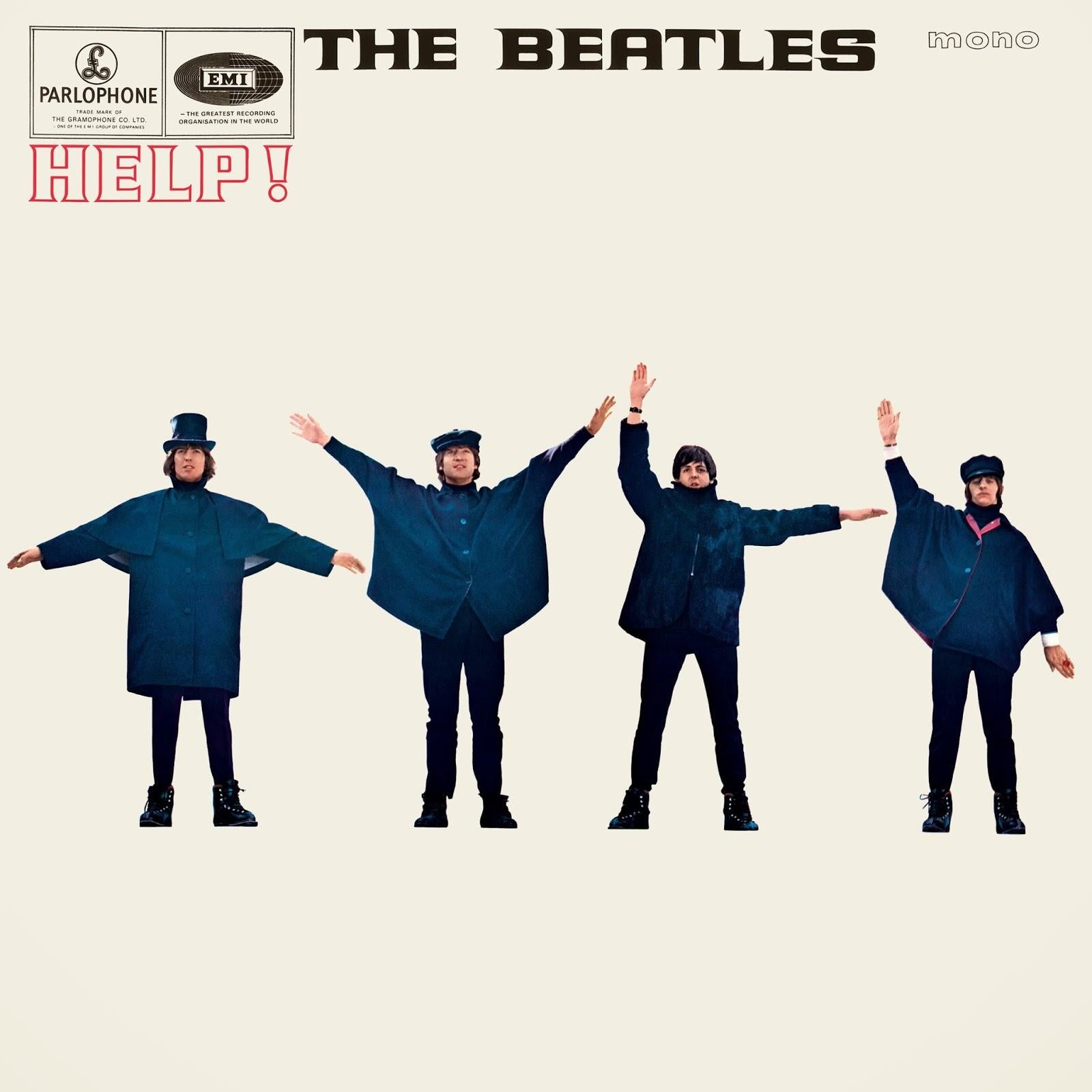Robert Freeman: Photographer who helped to define the image of The Beatles
Freeman’s era-shaping shots of the band adorned the covers of classic albums such as ‘With the Beatles’, ‘Help!’ and ‘Rubber Soul’

Your support helps us to tell the story
From reproductive rights to climate change to Big Tech, The Independent is on the ground when the story is developing. Whether it's investigating the financials of Elon Musk's pro-Trump PAC or producing our latest documentary, 'The A Word', which shines a light on the American women fighting for reproductive rights, we know how important it is to parse out the facts from the messaging.
At such a critical moment in US history, we need reporters on the ground. Your donation allows us to keep sending journalists to speak to both sides of the story.
The Independent is trusted by Americans across the entire political spectrum. And unlike many other quality news outlets, we choose not to lock Americans out of our reporting and analysis with paywalls. We believe quality journalism should be available to everyone, paid for by those who can afford it.
Your support makes all the difference.In August 1963, when The Beatles were starting to take off in popularity on their way to becoming the band that defined a generation, they were performing in Bournemouth. Their producer, George Martin, called to say he needed a photograph for the cover of their next album.
The band’s manager, Brian Epstein, asked Robert Freeman if he could arrange a photo shoot. The next day, in the dining room of a Bournemouth hotel, Freeman captured the group in a series of black-and-white portraits that helped to define the Fab Four’s image for a generation of fans.
“Since the photograph was needed urgently, I had to improvise a studio situation in the hotel,” Freeman, who has died aged 82, wrote in his 2003 book, The Beatles: A Private View. “There was a broad side light from the windows and a deep maroon curtain that could be pulled behind them to create a dark background. They came down at midday wearing their black polo-necked sweaters. It seemed natural to photograph them in black-and-white wearing their customary dark clothes. It gave unity to the image. There was no make-up, hairdresser or stylist – just myself, The Beatles and a camera.”
The resulting image, used for the 1963 album With the Beatles, showed the four band members looking directly at the camera, without smiling. The light from the dining room windows left their faces half in shadow. Knowing the photograph would have to fit the near-square shape of an album cover, Freeman asked drummer Ringo Starr to stoop slightly, as John Lennon, George Harrison and Paul McCartney stood behind.
“By using this heavy source of natural light coming from the right,” McCartney later said, “he got that very moody picture, which most people think he must have worked at forever and ever. But it was only an hour. He sat down, took a couple of rolls, and that was it.”
From 1963 to 1965, Freeman worked extensively with The Beatles, shooting the covers for A Hard Day’s Night, Beatles for Sale, Help! and Rubber Soul.
The slightly distorted colour image of Rubber Soul came about by accident. Freeman often projected his photographs on a piece of white cardboard the same size as a record album, “giving us an accurate idea of how the finished product would look”, McCartney wrote on his website. “During his viewing session the card which had been propped up on a small table fell backwards, giving the photograph a ‘stretched’ look. Instead of simply putting the card upright again, we became excited at the idea of this new version of his photograph. He assured us that it was possible to print it this way and, because the album was titled Rubber Soul, we felt that the image fitted perfectly.”

Robert Freeman was born in London in 1936. Little is known of his early life, but after graduating in 1959 from the University of Cambridge, he became a photojournalist for The Sunday Times and other publications. He photographed Soviet leader Nikita Khrushchev in the Kremlin and also shot photos of jazz artists, including John Coltrane, Dizzy Gillespie and Cannonball Adderley, on their visits to Britain.
He forwarded some of those images to Epstein, the Beatles’ manager, who invited Freeman to take pictures of the band as it was rising to fame. He also designed the end credits for two of the group’s films, A Hard Day’s Night (1964) and Help! (1965), and did the photography and design for two books by Lennon. Freeman published two books of photographs about his time with The Beatles.

Freeman, who once lived one floor below Lennon in London, later resided in Hong Kong and Spain. He sold much of his collection to curator Raj Prem, who told CNN in 2013: “Freeman was living in Hong Kong when Lennon was assassinated in 1980, and he told me that he had a photo of Lennon on his wall and it fell down at exactly the same time.”
Freeman’s marriage to Sonny Spielhagen, with whom he had two children, ended in divorce. He was later married to author Tiddy Rowan, with whom he had a daughter.
Robert Freeman, photographer, born 5 December 1936, died 7 November 2019
© Washington Post
Join our commenting forum
Join thought-provoking conversations, follow other Independent readers and see their replies
Comments